


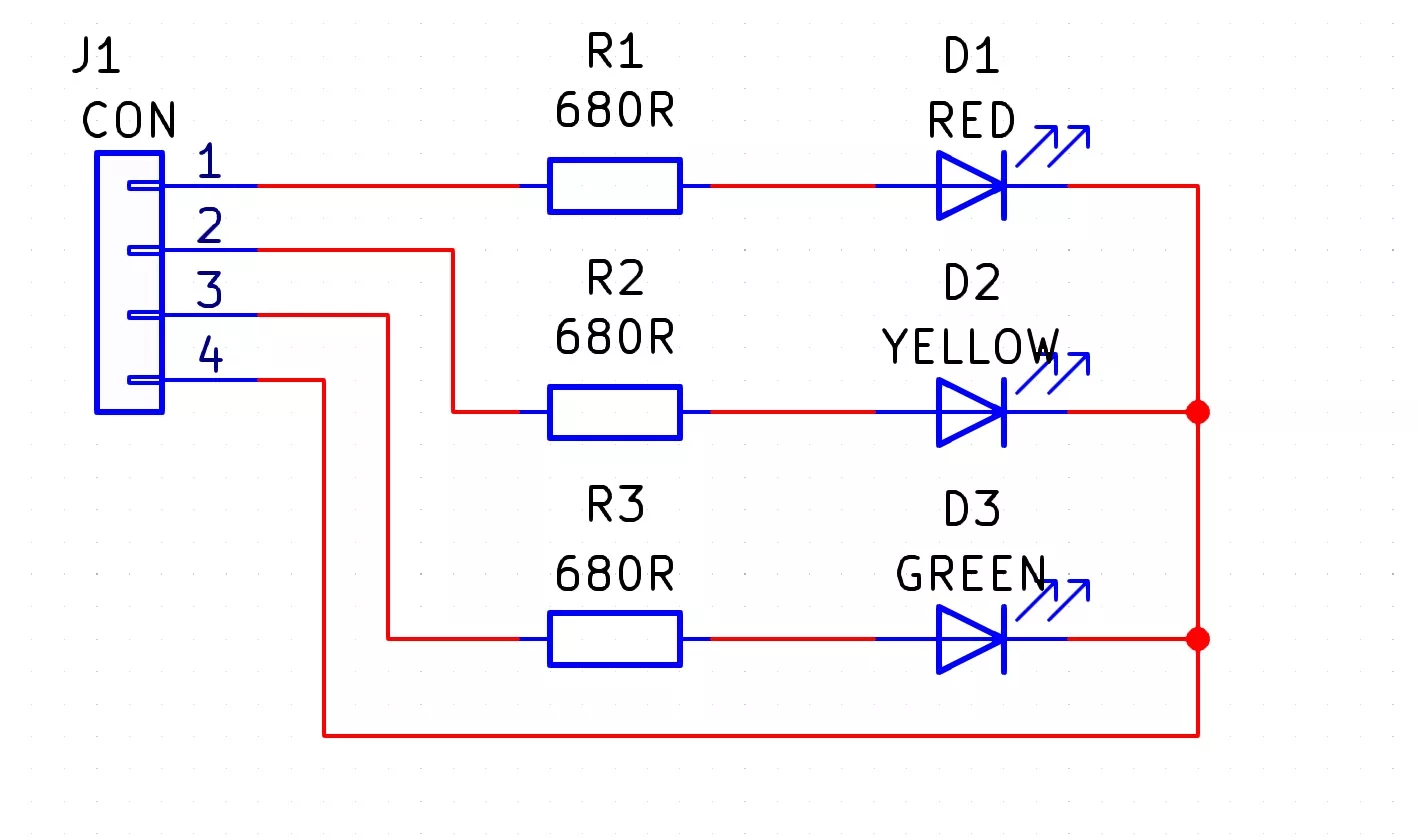
Traffic lights are an essential part of modern life as they help direct traffic and prevent accidents. However, those who have a passion for dioramas and miniature models will often find it difficult to find traffic lights that follow the British traffic light sequence whereby red is followed by red/amber, then green, then amber. The MitchElectronics Traffic Light Kit does exactly just this and as such is an excellent addition to any model train or city display.
The traffic light kit reproduces the traffic light sequence of common UK traffic lights that include a red, amber, and green light. The circuit is made up of a 555 astable oscillator, a 4017 Johnson counter, a pattern generator, and the output LEDs.
The first stage in the circuit is the 555 astable oscillator which is made up of components R1, R2, C2, and C3. The resistors R1 and R2 along with capacitor C2 provide the timing for the 555 oscillator and for this circuit, the 555 astable oscillator has an output frequency of 0.27Hz.
The second stage is a 4017 Johnson counter which is incremented every time the output of the 555 goes from low to high. Since the period of the 555 square wave output is 4 seconds (frequency of 0.27Hz), the 4017 is incremented once every 4 seconds. This long time is used to make the traffic light stay at each light stage for a reasonable amount of time (for traffic to get through). Output Q8 (ninth output as it 0 based) of the 4017 counter is connected to its reset pin so that when the counter reaches the 8th count it resets the system.
The third stage is the pattern generator which may sound complex but is in fact very simple. The pattern generator takes the current count output of the 4017 and then turns on the needed LEDs on the traffic light. Common British traffic lights have a very specific light sequence (shown below) and to make this happen on our LEDs each output is connected to a diode which feeds the output to the needed LEDs. You will also notice that multiple outputs are combined to increase the length of time a state is shown for. For example, Red and Green are used for 3 counts while the amber and red + amber states are only one count long.
Each traffic light circuit can drive a single traffic, so if more traffic lights are to be controlled by the same circuit then drivers will need to be used. Drivers can be made out of a wide range of circuits including transistors, op-amps, and dedicated LED driver ICs. This kit does not have the lights directly mounted to the controller circuit but instead on a separate PCB. This allows greater flexibility so that you can add a different light sequence, multiple lights, and other circuits.
| Component | PCB Reference | Quantity | Looks Like |
|---|---|---|---|
Traffic Light (Controller) |
|||
| 8 DIP Socket | IC1 | 1 |  |
| 16 DIP Socket | U1 | 1 |  |
| 555 Timer IC | IC1 | 1 | 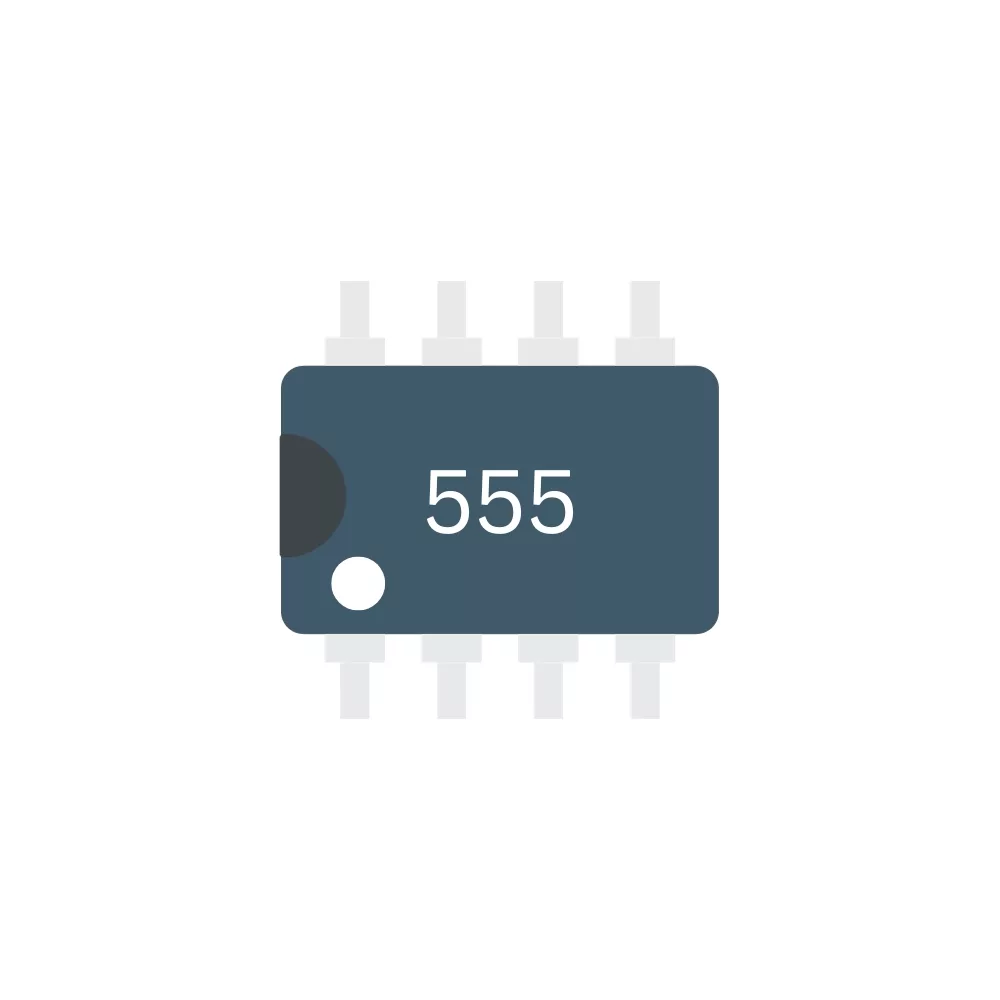 |
| 4017 Counter IC | U1 | 1 | 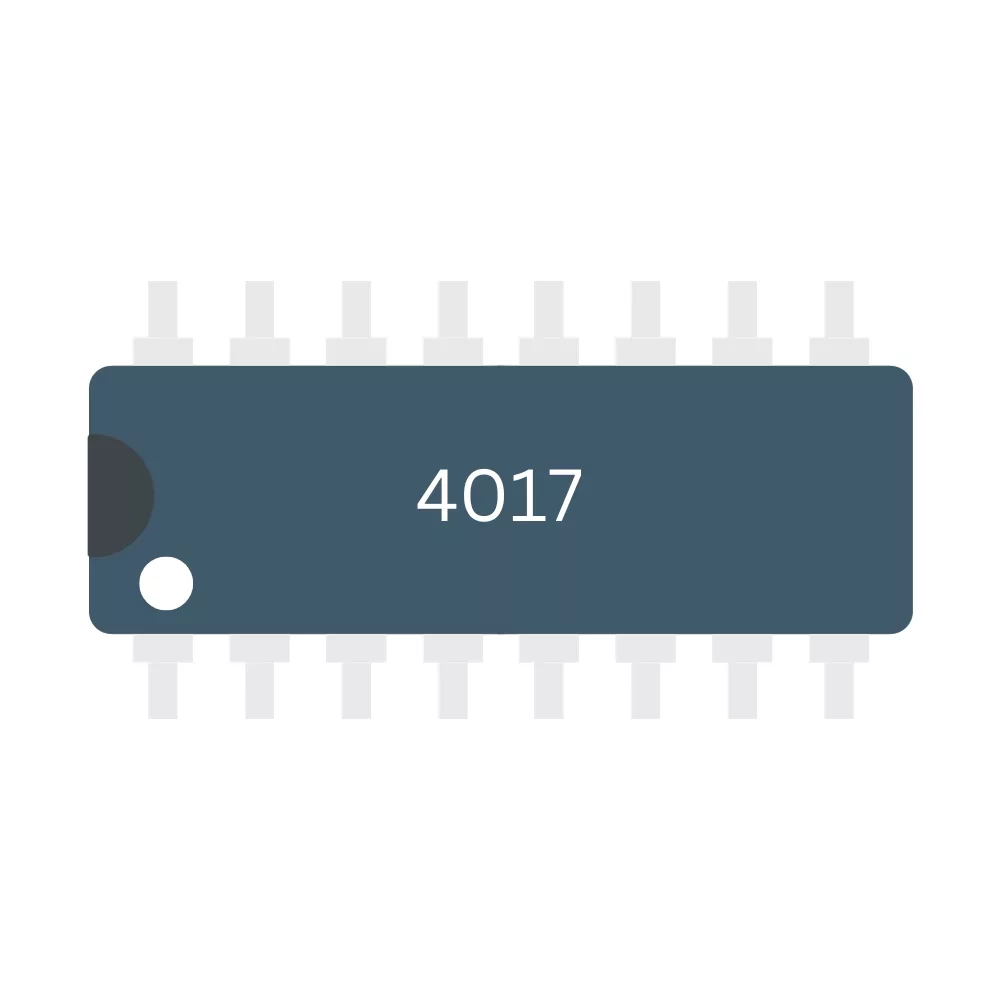 |
| 100nF Ceramic Disc Capacitor | C1, C3 | 2 | 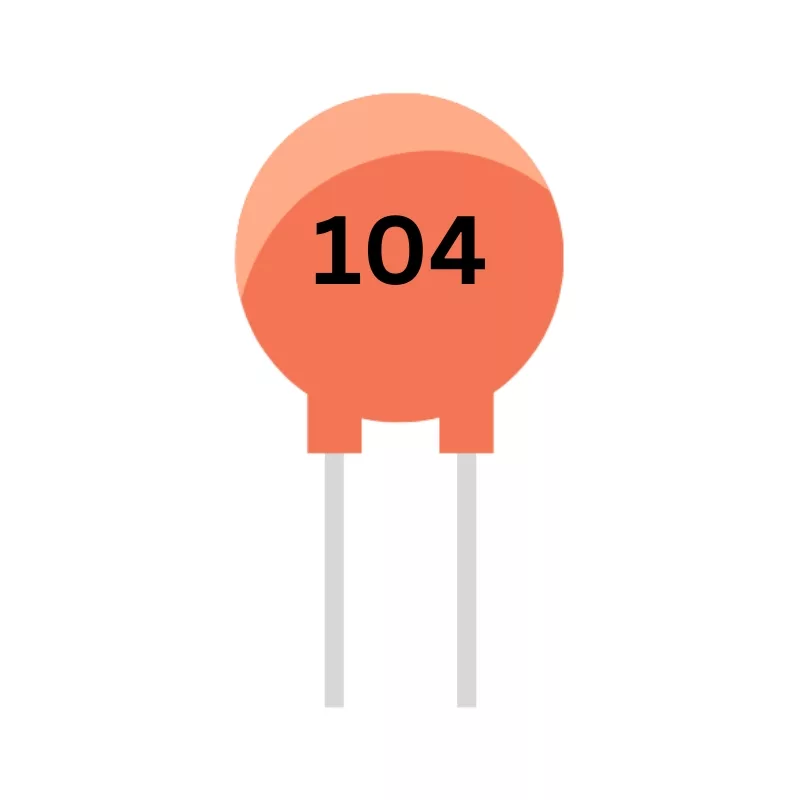 |
| 100uF Electrolytic Capacitor | C2 | 1 | 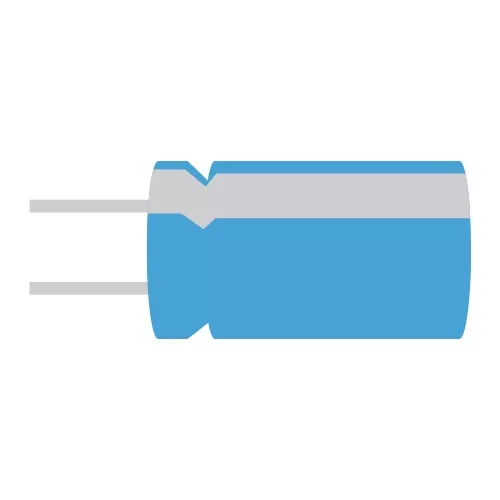 |
| 10K Resistor | R1 | 1 | 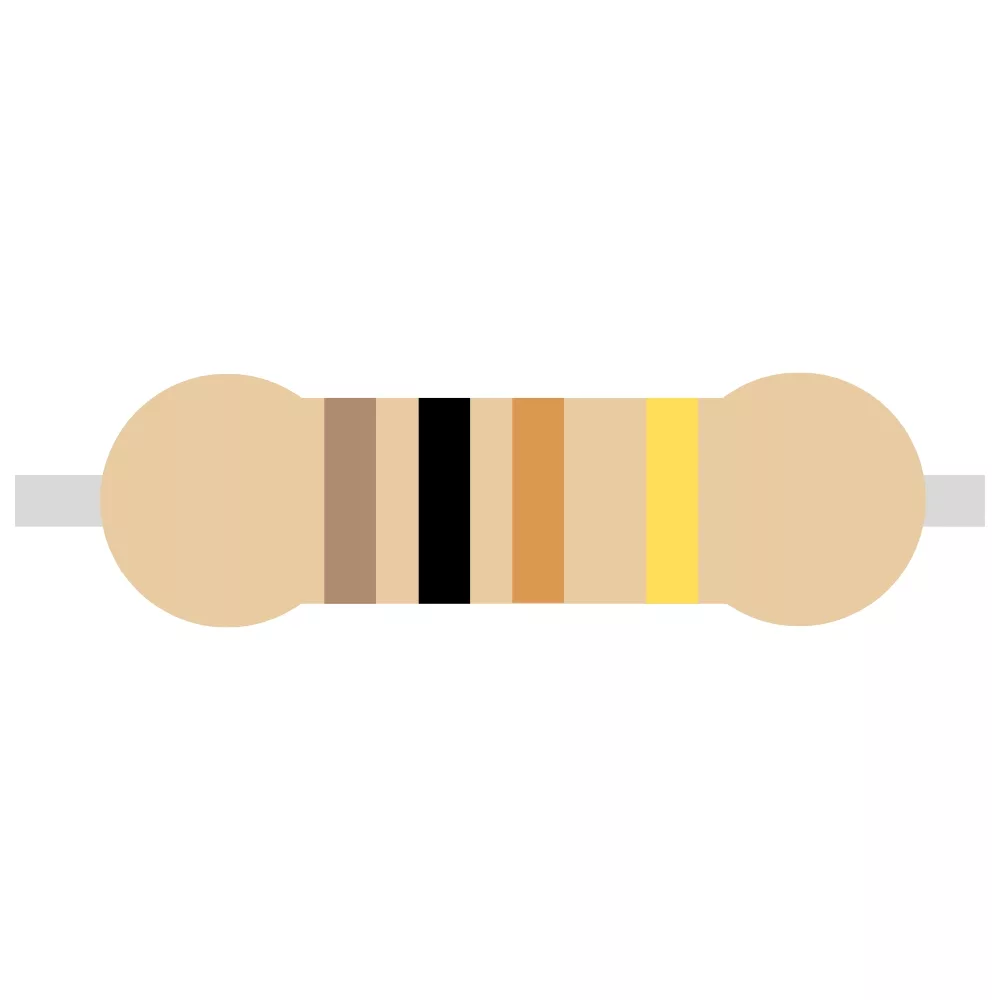 |
| 22K Resistor | R2 | 1 | 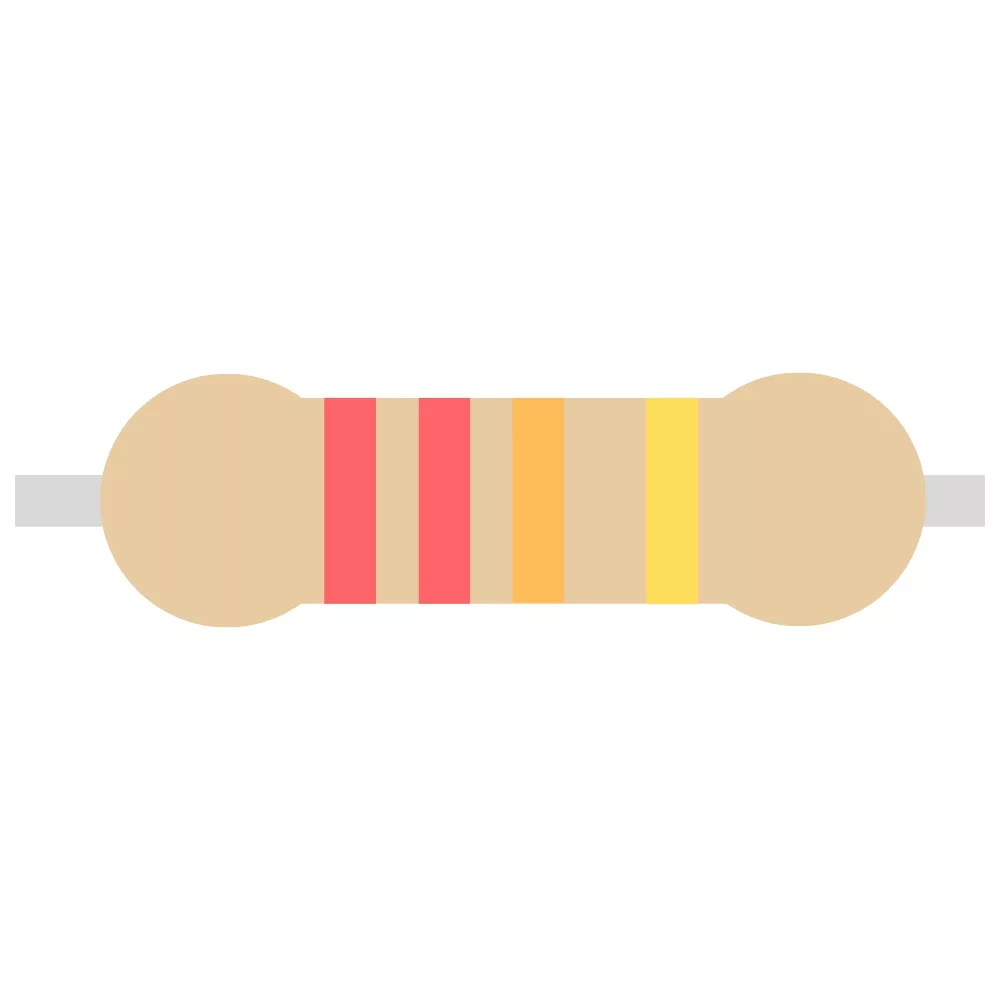 |
| 1N4148 Diode | D1 - D9 | 9 | 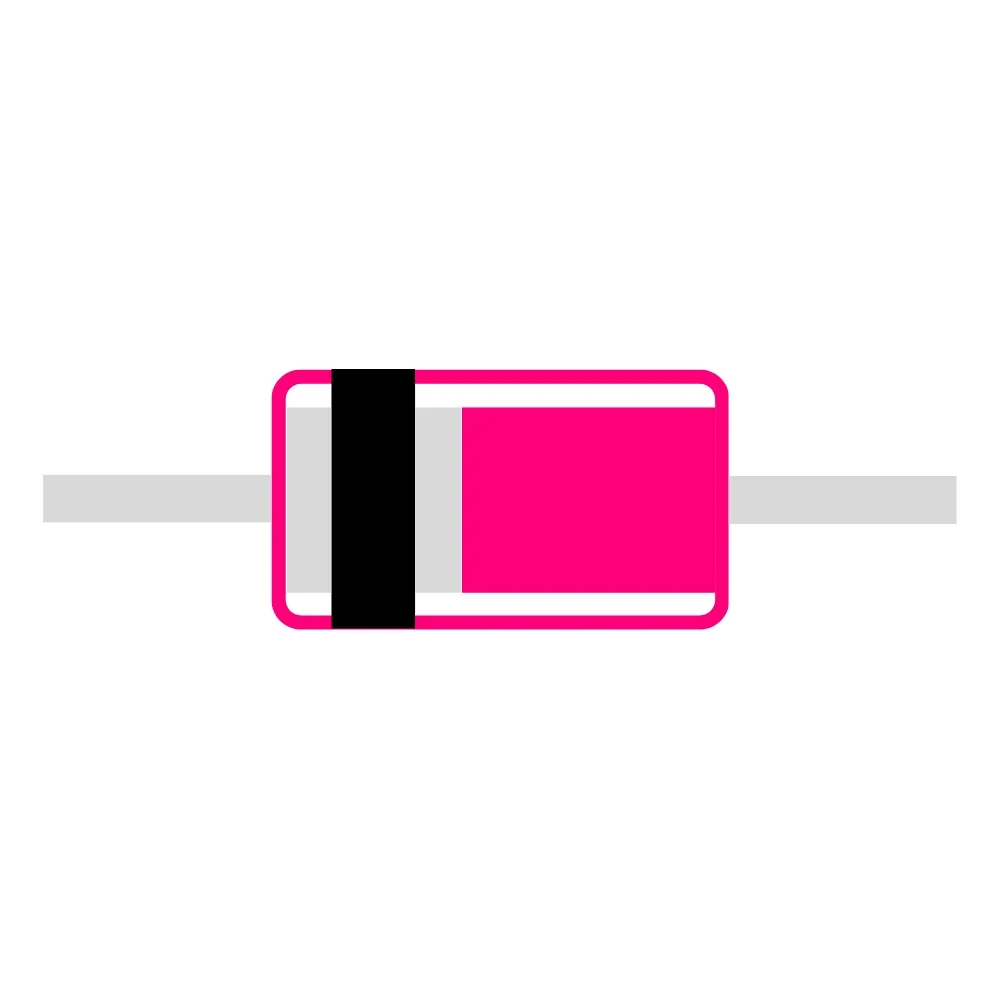 |
| 4 Way Socket | J1 | 1 | 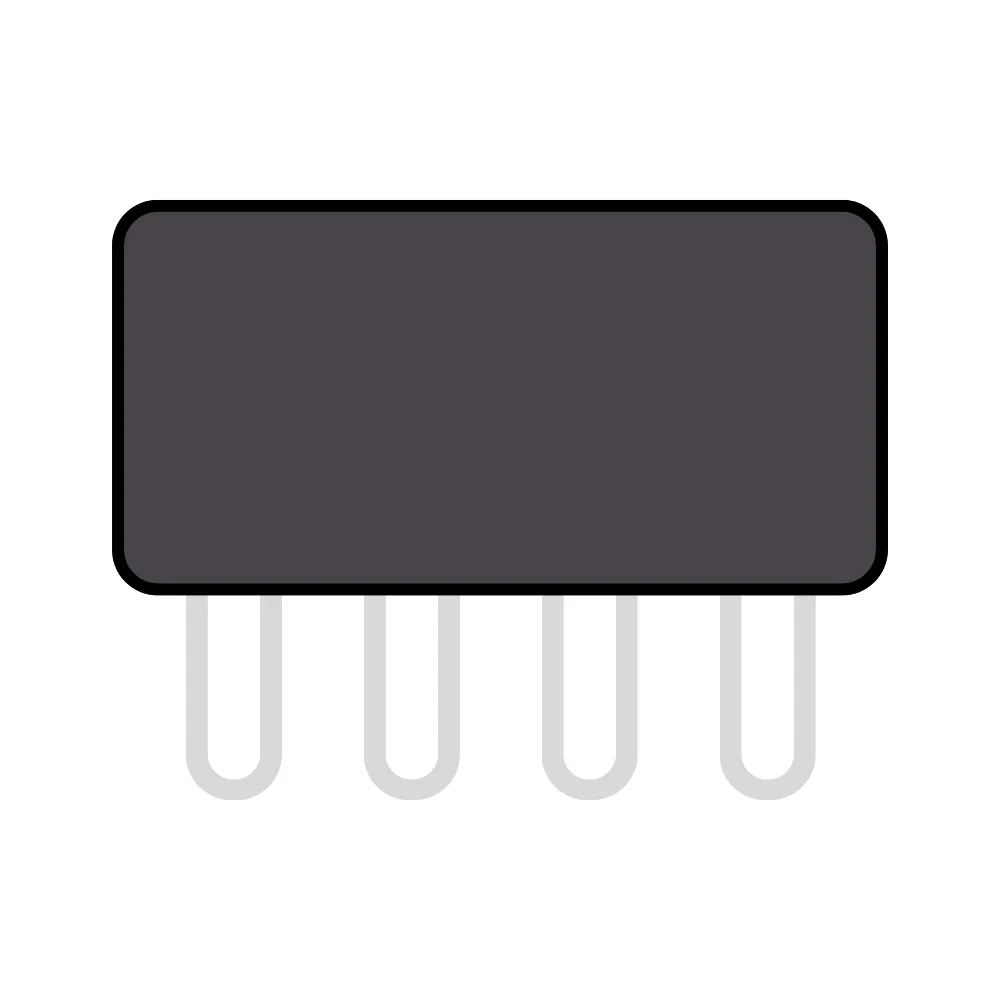 |
| PP3 Battery Connector | - | 1 | 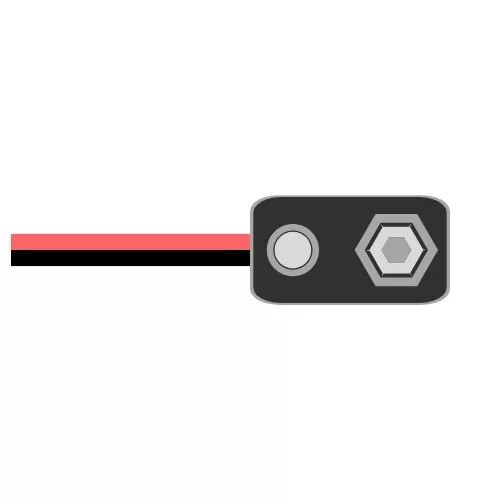 |
Traffic Light (Light) |
|||
| 680R Resistor | R1, R2, R3 | 3 | 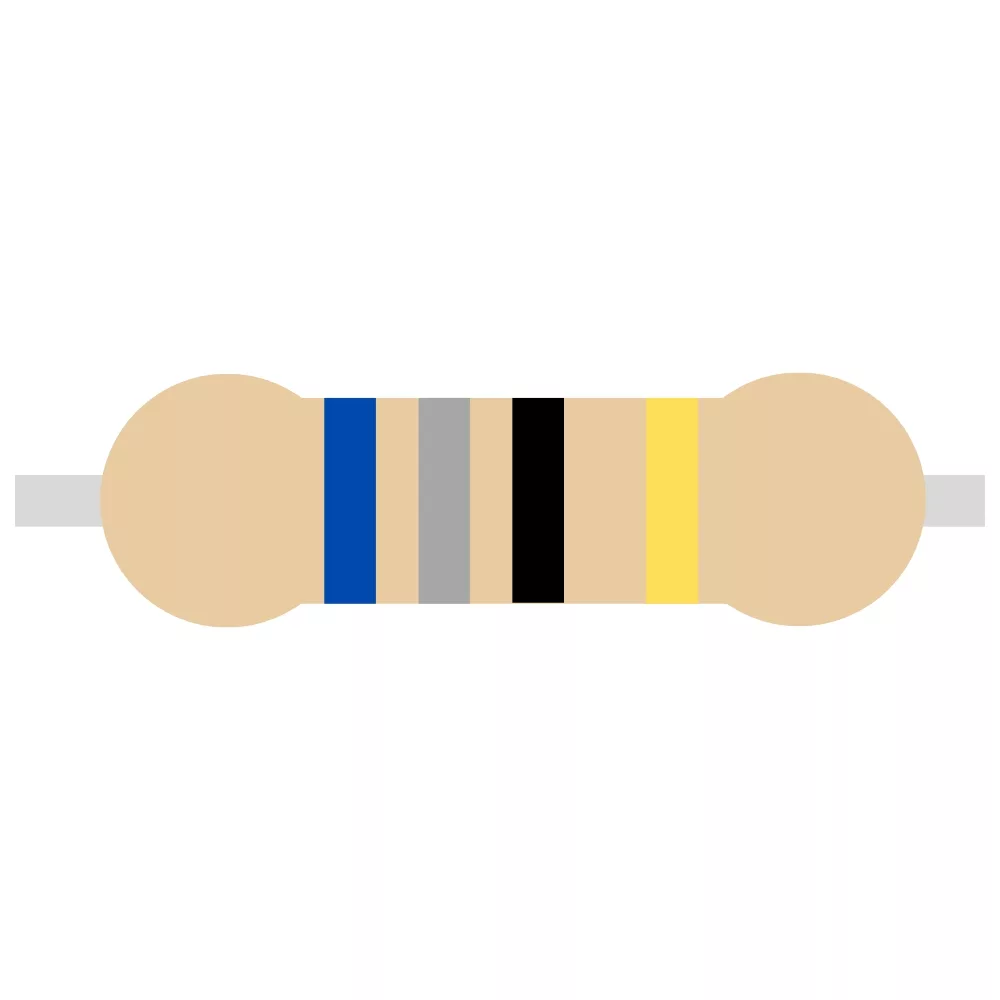 |
| 3mm Green LED | D3 | 1 | 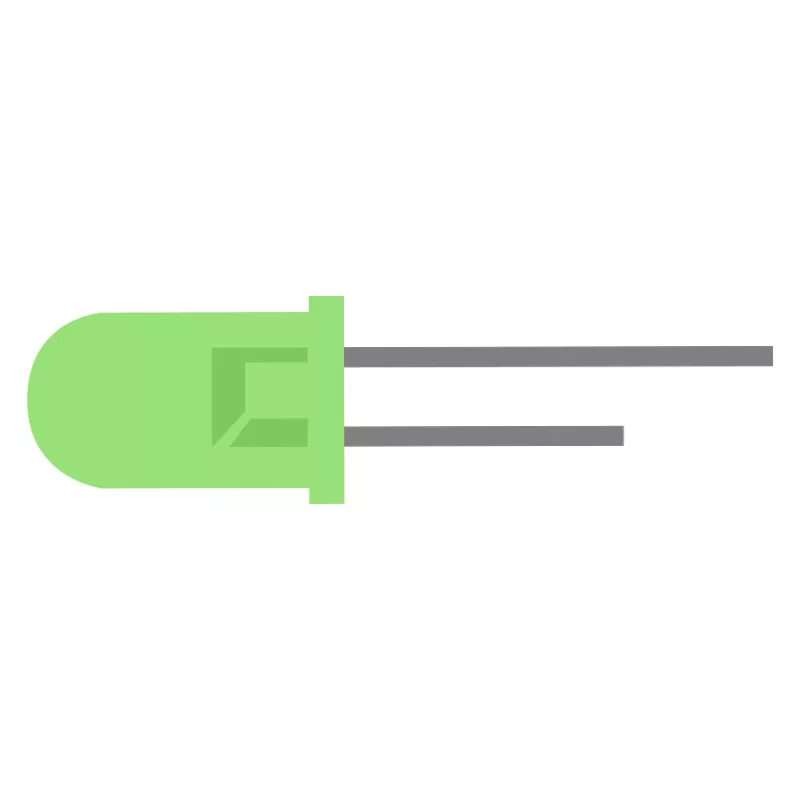 |
| 3mm Yellow LED | D2 | 1 | 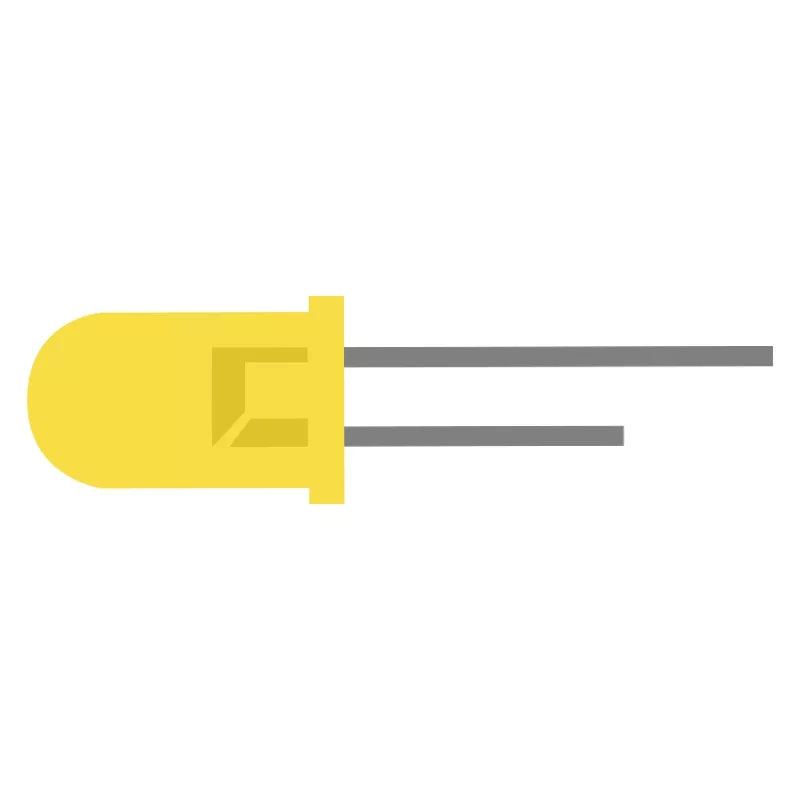 |
| 3mm Red LED | D1 | 1 | 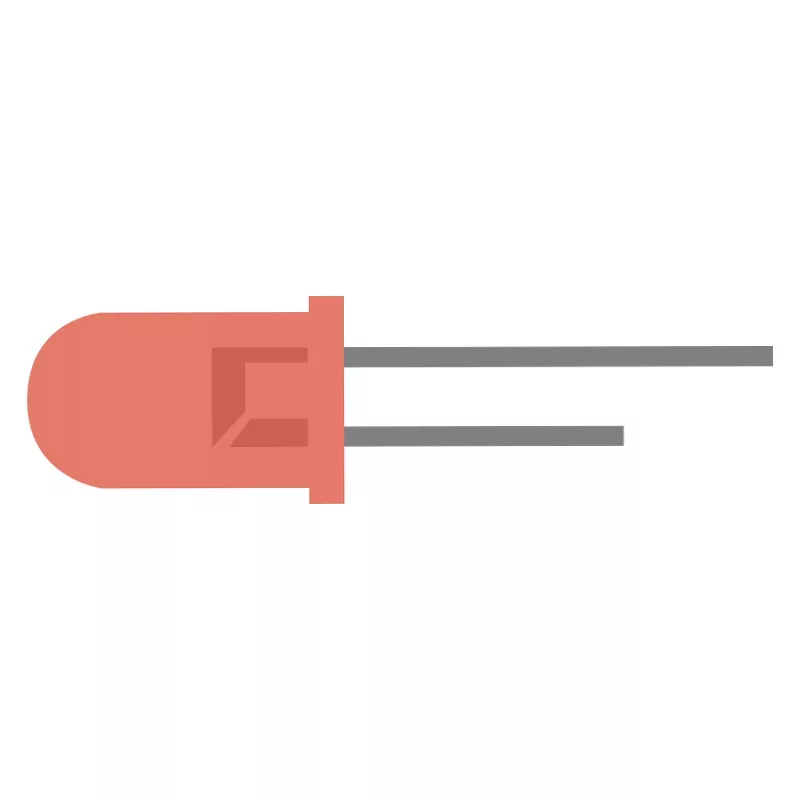 |
| 4 Way Pin Right Angle | J1 | 1 | 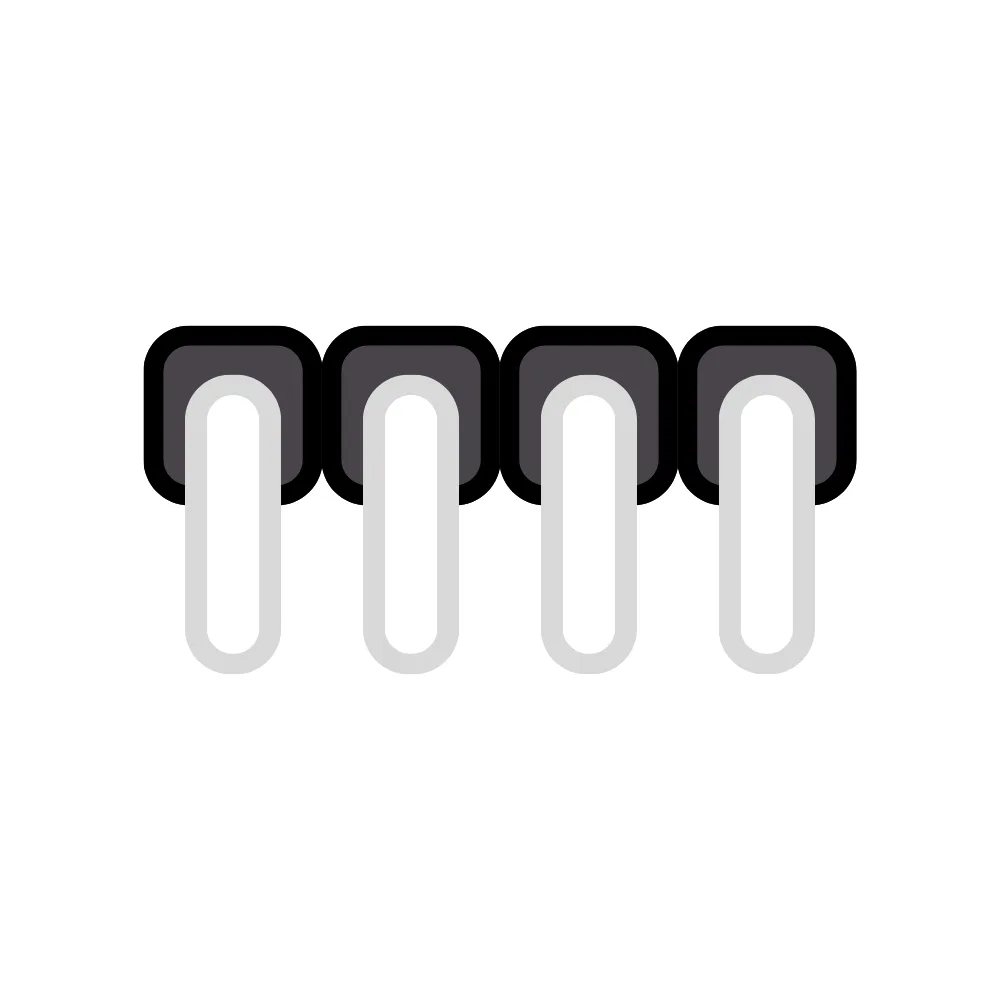 |


Considering that this kit mimics the British traffic light pattern, it is an excellent addition to model railways. In fact, the output of the controller could even be used to automatically open and close gates at car crossings. Simply connect the output of the amber light to a Raspberry Pico microcontroller which then controls a servo to open and close a barrier.
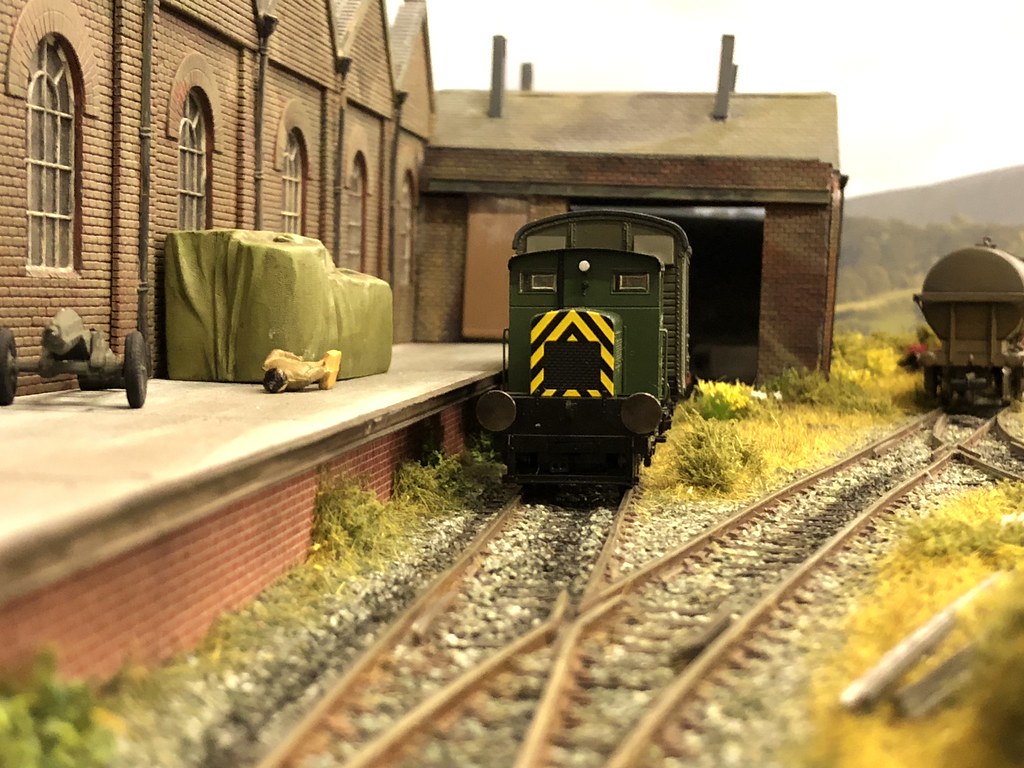

To learn more about how to solder electronic components, download the Electronics Construction Manual free using the button below
Electronics Construction Manual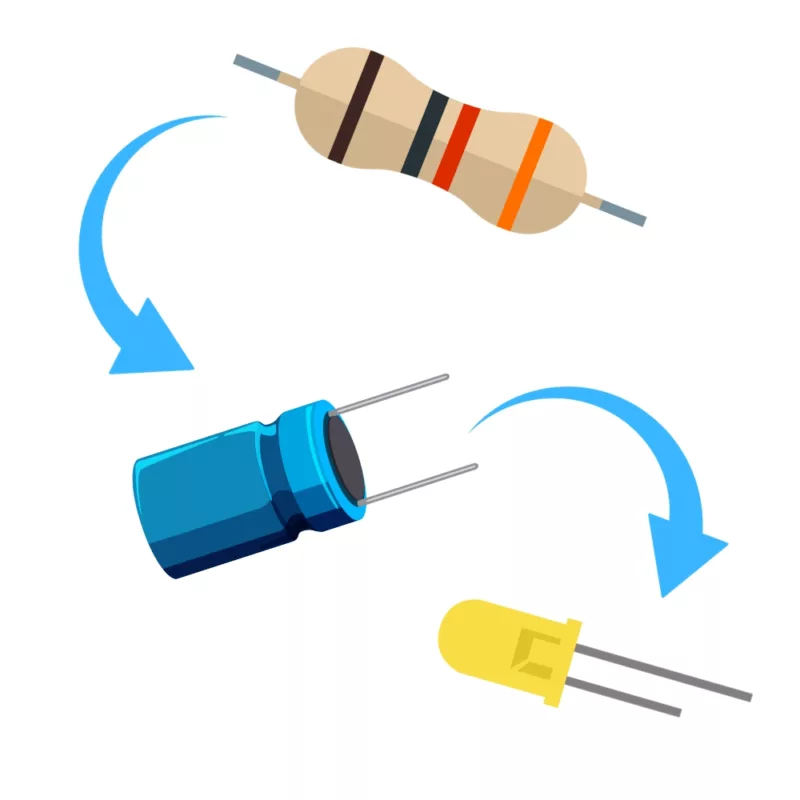
When soldering components, it is essential that you do so in a particular order, so that it is easy to add components and get to their legs. Generally, you always start with the smaller components (such as resistors and capacitors), before moving onto the larget parts (potentiometers and ICs).
Soldering Guide
Using the RESET input on the 4017, it’s possible to combine multiple traffic light controllers to create junctions that have synchronised lights